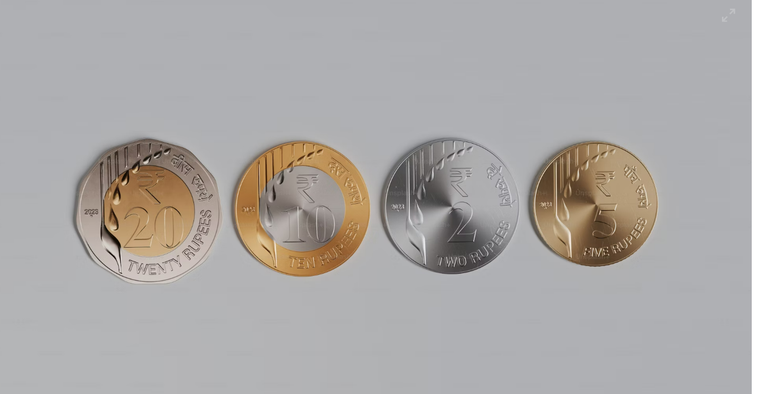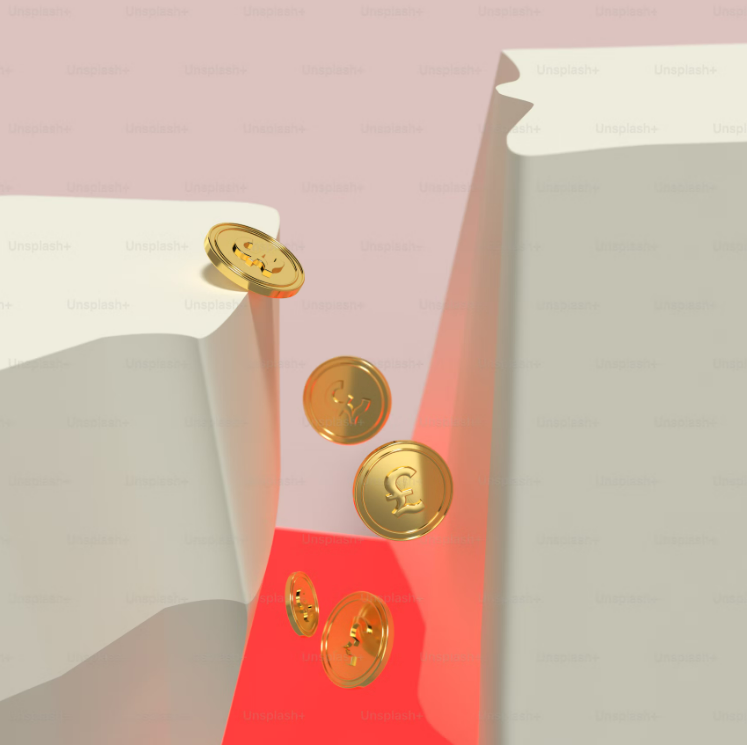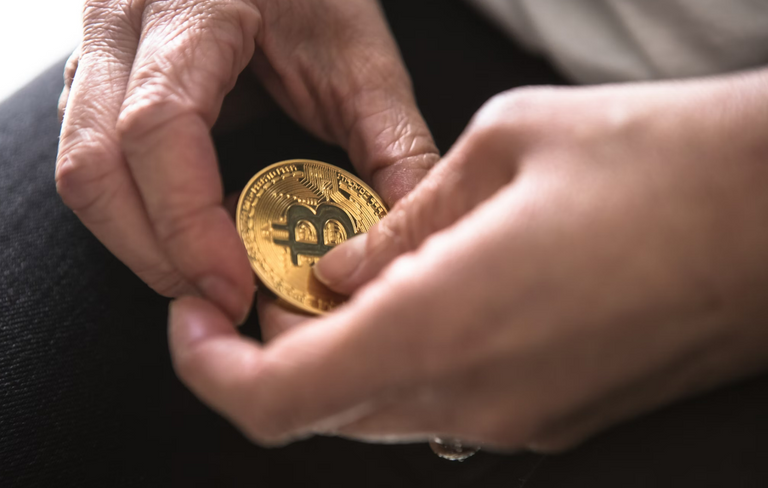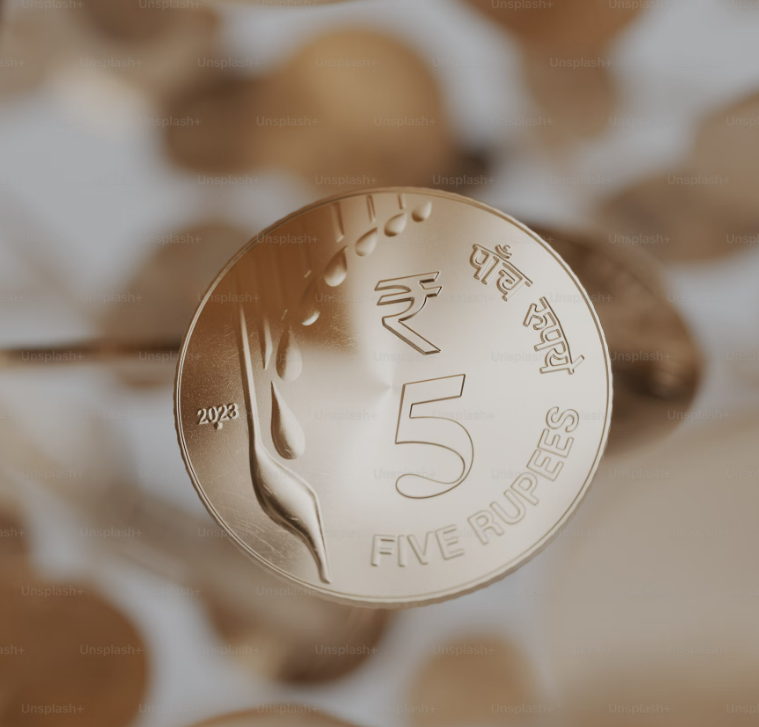The act of a coin dropping seems simple, yet it is governed by fundamental principles of physics that reveal the intricate workings of the universe. Here’s a detailed look at why a coin drops:
1. Gravity: The Driving Force
The primary reason a coin drops is due to the force of gravity. Gravity is a natural phenomenon where objects with mass attract each other. On Earth, gravity pulls objects toward the center of the planet with a constant acceleration of approximately 9.8 m/s².
When a coin is released from your hand, there is no force supporting it against gravity anymore. The Earth's gravitational pull then accelerates the coin downward.
2. Air Resistance: The Slight Slowdown
As the coin falls, it moves through the air, encountering air resistance (drag). Air resistance acts opposite to the direction of motion, slightly slowing the coin’s descent compared to a vacuum where no air exists.
The shape, size, and orientation of the coin influence how much air resistance it experiences:
- A flat coin facing downwards creates more drag.
- A coin falling edge-first encounters less air resistance.
3. Initial Conditions: The Role of Release
How the coin is released affects its trajectory:
- Vertical Drop: If dropped straight down, gravity acts uniformly, and the coin falls in a near-vertical path.
- Spin or Toss: If spun or tossed, rotational motion adds complexity. The coin’s motion combines downward acceleration with angular momentum, influencing its path.

4. Frictionless Assumptions vs. Real-World Effects
In physics, ideal conditions (like a vacuum) are often considered to simplify calculations. In real-world conditions, factors like air pressure, wind currents, and surface irregularities can slightly alter how the coin drops.
For example:
- In a vacuum, where there’s no air resistance, a coin would fall at the same rate as any other object, regardless of its mass.
- On Earth, turbulence caused by air can create minute deviations in the coin's path.
5. Impact: The Coin Stops Dropping
A coin drops until it meets an obstacle that stops its downward motion, typically the ground or another surface. When this happens:
- The kinetic energy of the falling coin converts into sound, heat, and a small deformation of the coin and the surface it hits.
- If the surface is soft (like a carpet), it absorbs more energy, producing a quieter sound. On hard surfaces (like tiles), the impact is louder and more pronounced.
6. Beyond Physics: Why We Drop Coins
While the science explains how and why a coin falls, there’s also a psychological and situational aspect to why we drop coins. Often, it’s accidental—slippery fingers, distractions, or misjudged movements. It’s also a common gesture in games, experiments, or cultural practices like tossing a coin to make decisions.
Conclusion
A coin drops due to the interplay of gravity, air resistance, and the conditions under which it is released. This seemingly mundane event showcases the elegance of fundamental physical principles in action. The next time you drop a coin, take a moment to marvel at the science unfolding before your eyes!


